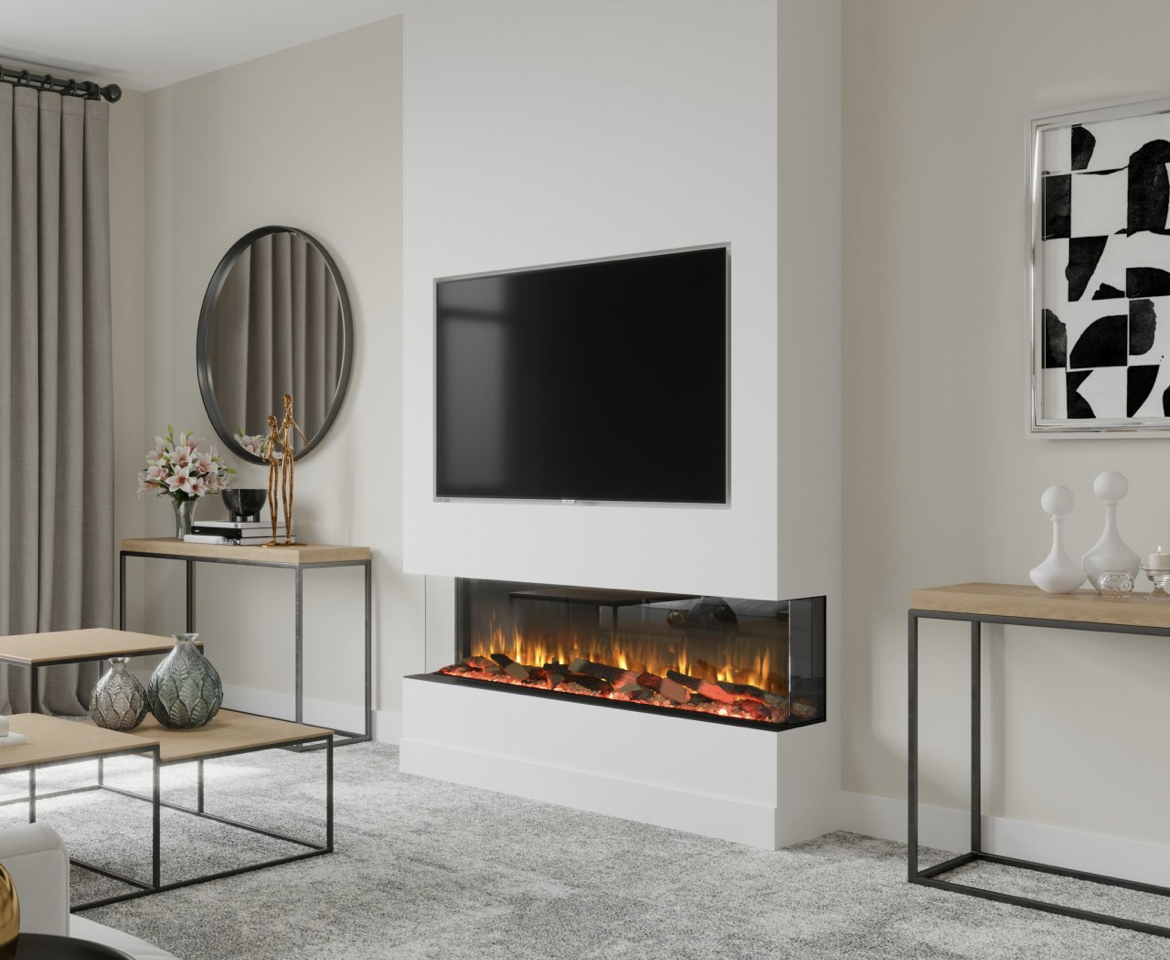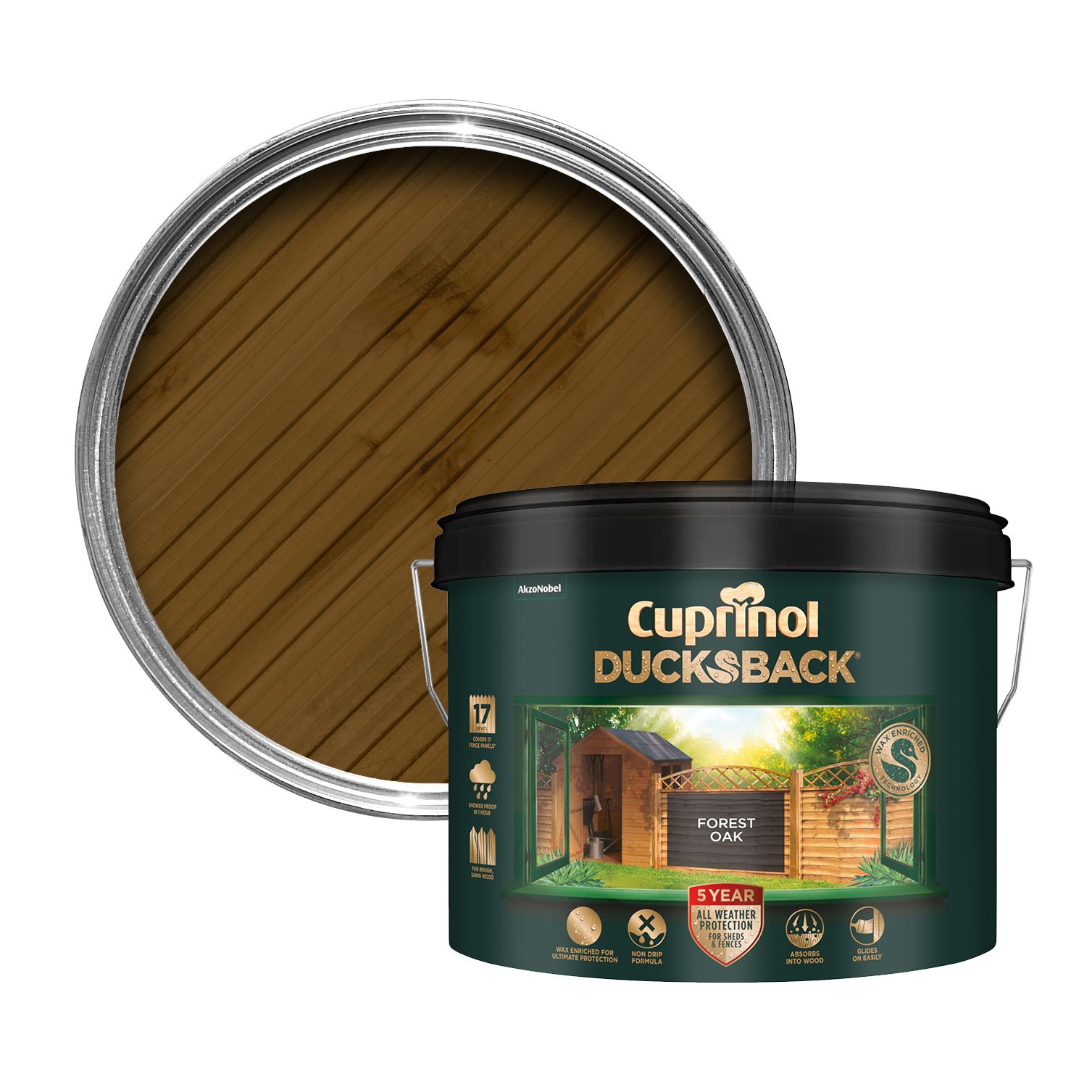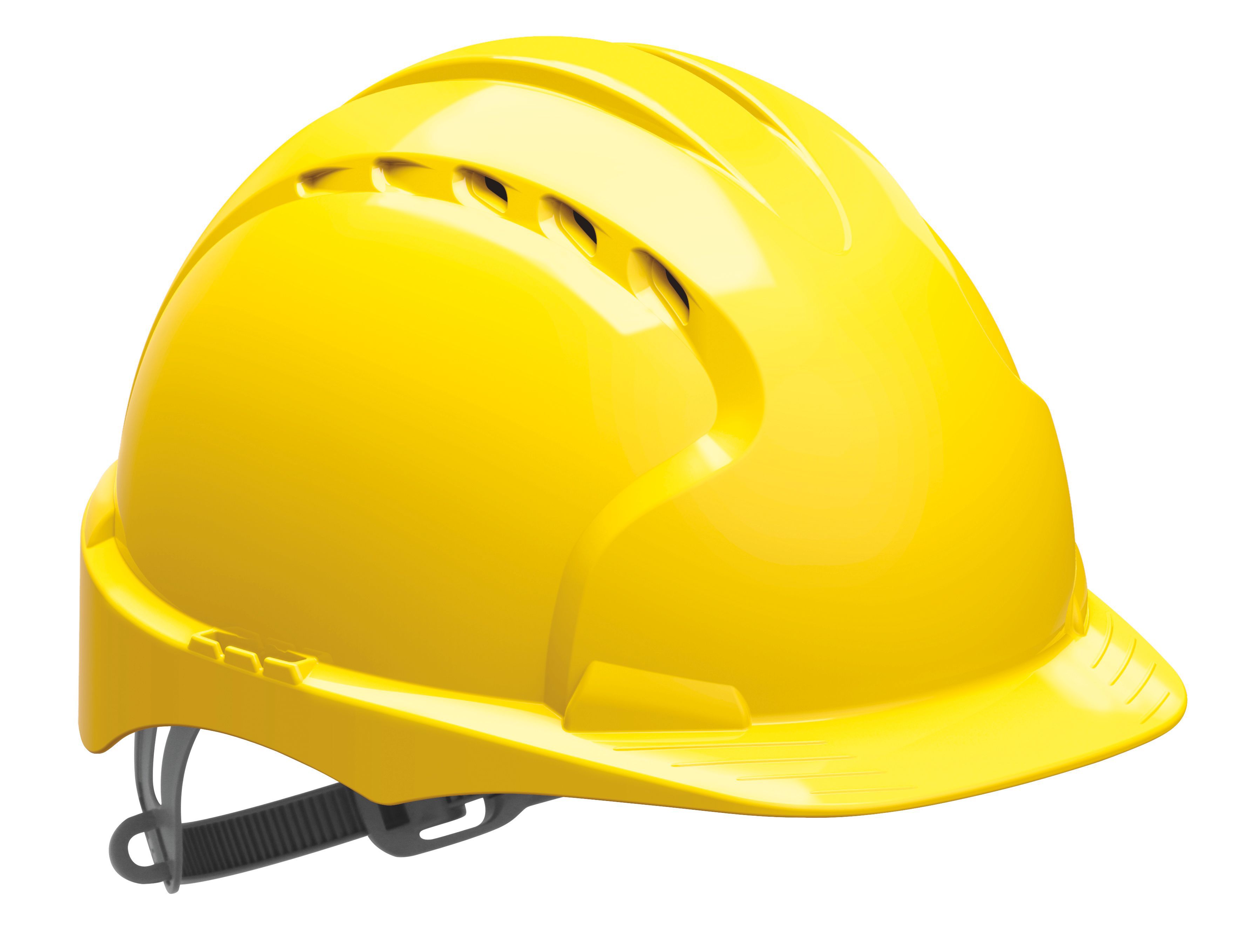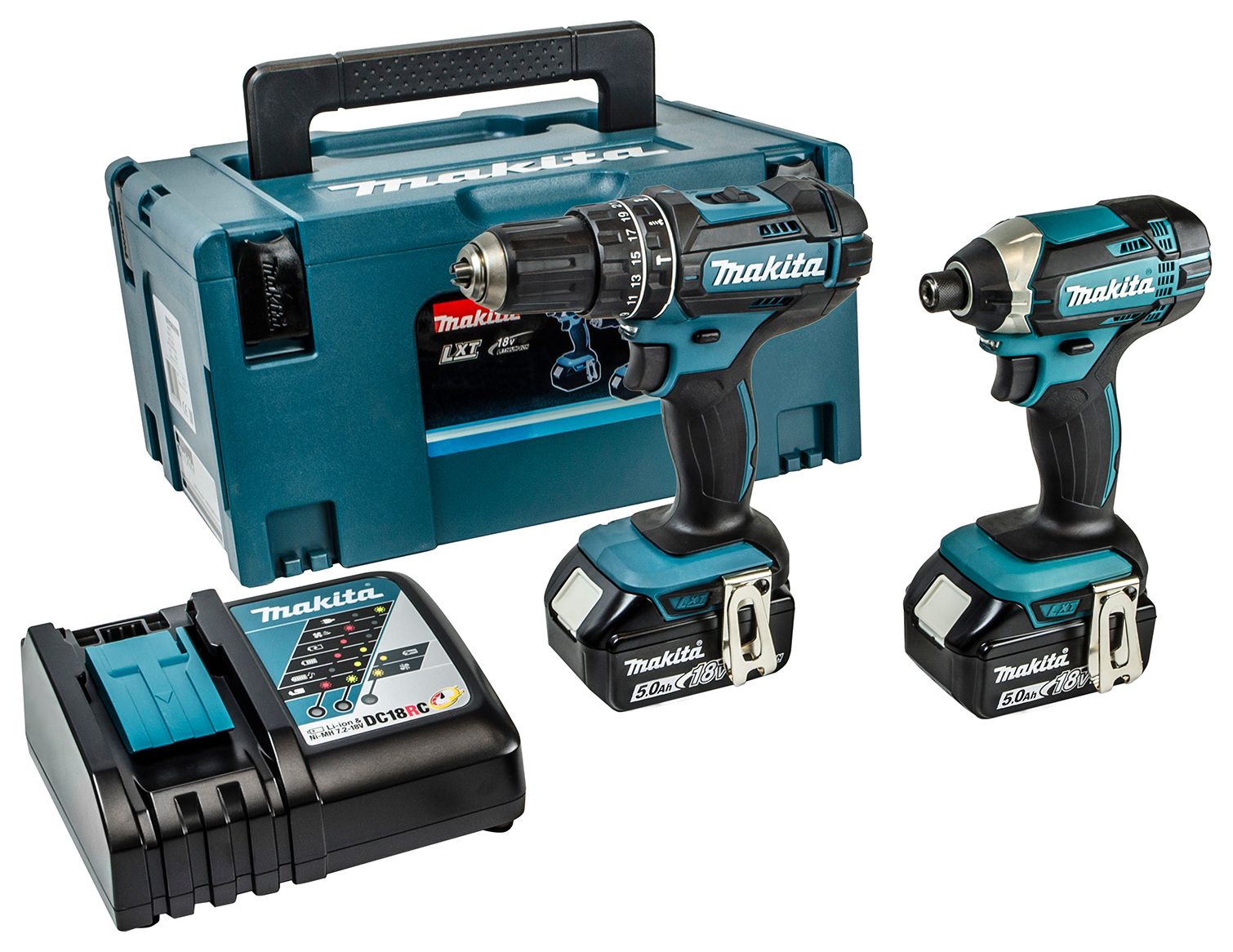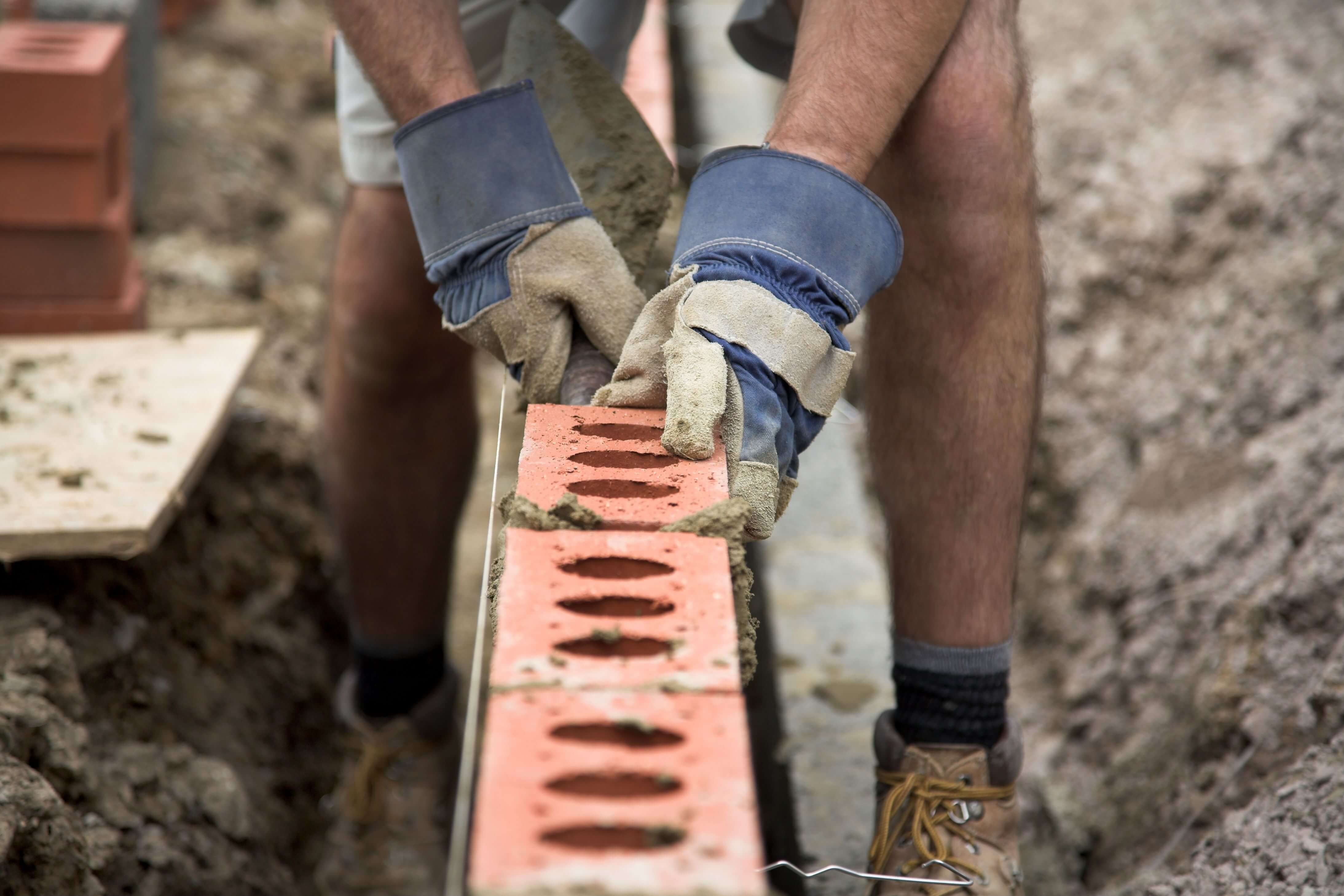Building a TV media wall in a living room can be a great way to create a central focal point for entertainment and relaxation. Here are the general steps to building a TV media wall in a living room:
- Determine the size and location of the media wall: The first step in building a TV media wall is to determine the size and location of the wall. Consider factors such as the size of the room, the viewing distance, and the amount of wall space available.
- Choose the type of display technology: The next step is to choose the type of TV display technology that will be used for the media wall. Popular options include LED TVs, OLED TVs, and QLED TVs.
- Design the media wall layout: Once you have determined the size, location, and display technology, the next step is to design the layout of the media wall. This includes determining the number and arrangement of displays, as well as any supporting structures such as mounting brackets or frames. Build the media wall from timber or metal partitioning. Once the framework is fitted, apply 12.5mm plasterboard to all areas of the framework. Fill any joints with jointing compound and sand to a smooth finish once dry, typically 24hours. Then apply the finish paint coats.
- Choose media components: You will also need to choose the media components that will be integrated into your media wall. This may include a sound system, media players, gaming consoles, and cable boxes.
- Install the display technology: After the layout has been finalized, the TV display technology can be installed. This may involve mounting the TV on the wall, connecting the TV to power and signal sources, and configuring the TV for optimal performance.
- Install media components: The final step is to install and connect the media components to the media wall. This may include installing speakers, connecting media players and gaming consoles to the TV, and setting up cable or satellite services.
It is recommended to work with experienced professionals to help you design and install the media wall and media components to meet your specific needs. This can help ensure that the media wall is both functional and aesthetically pleasing

